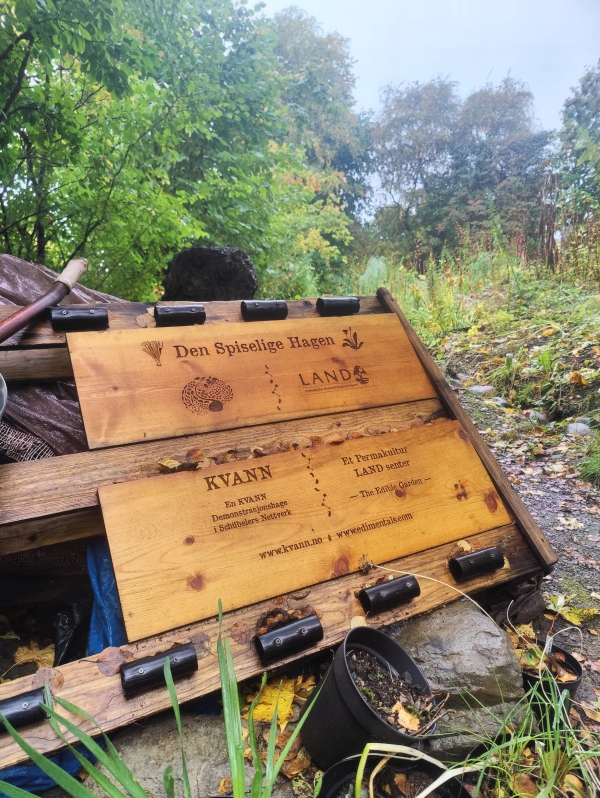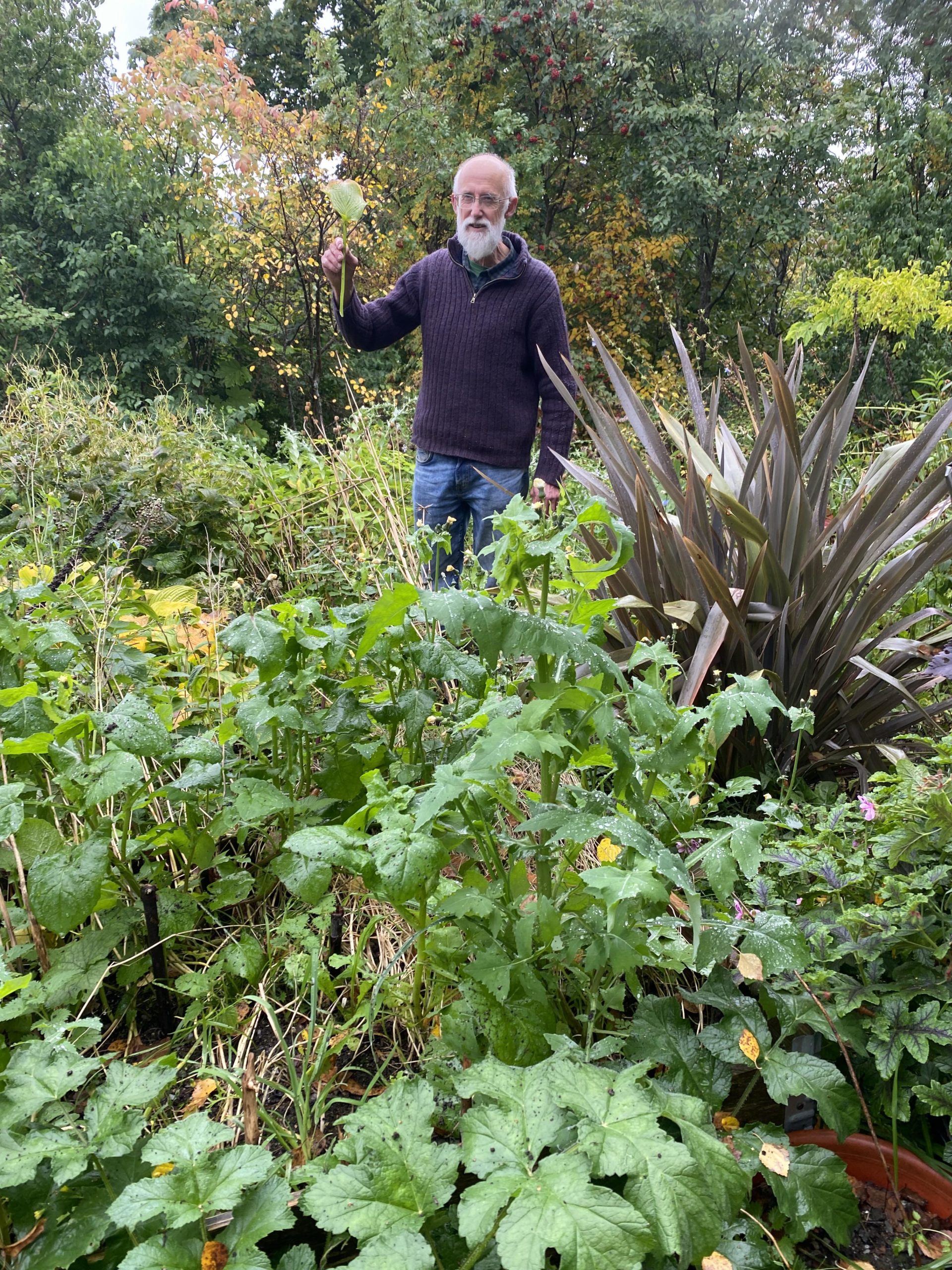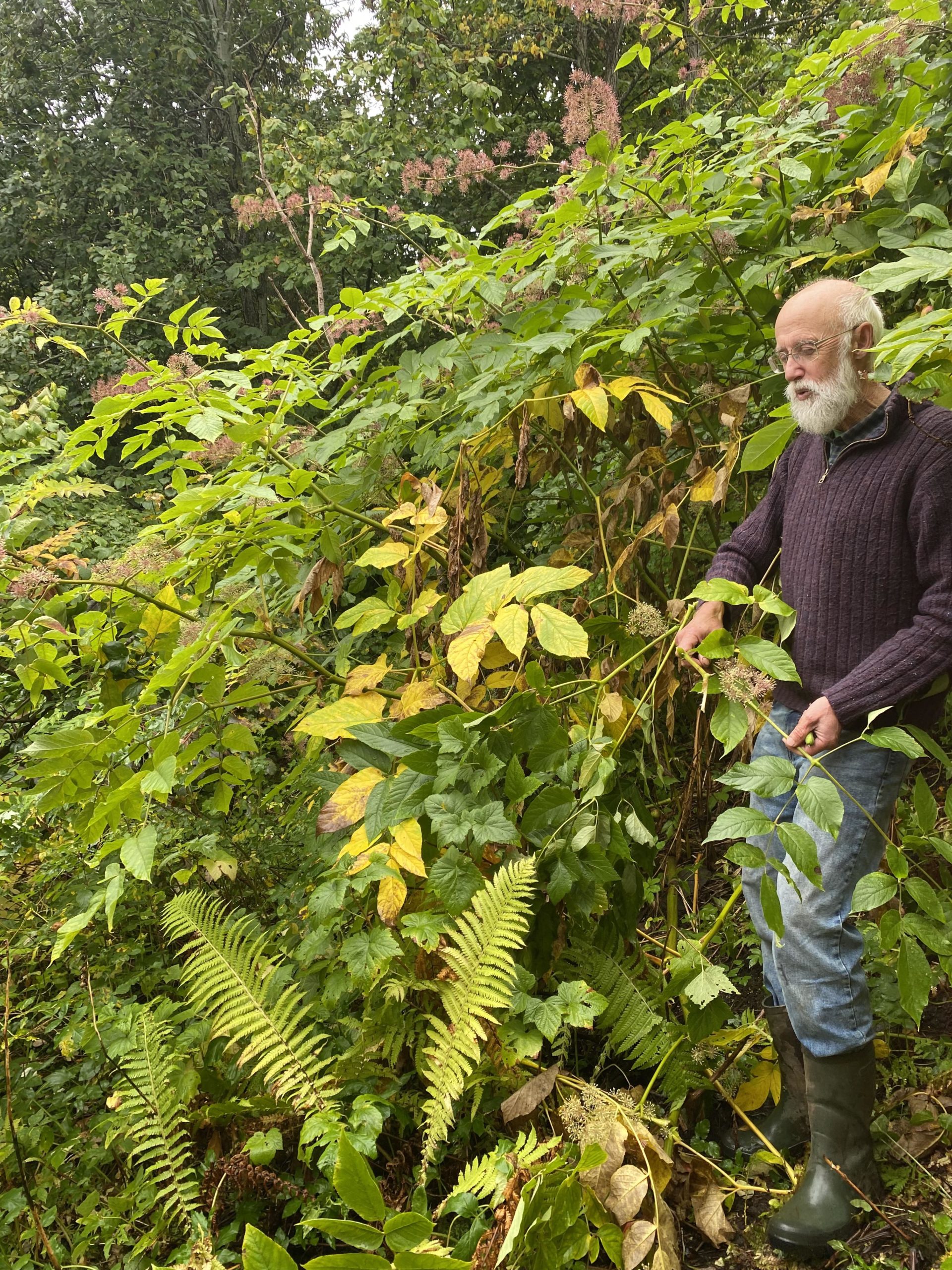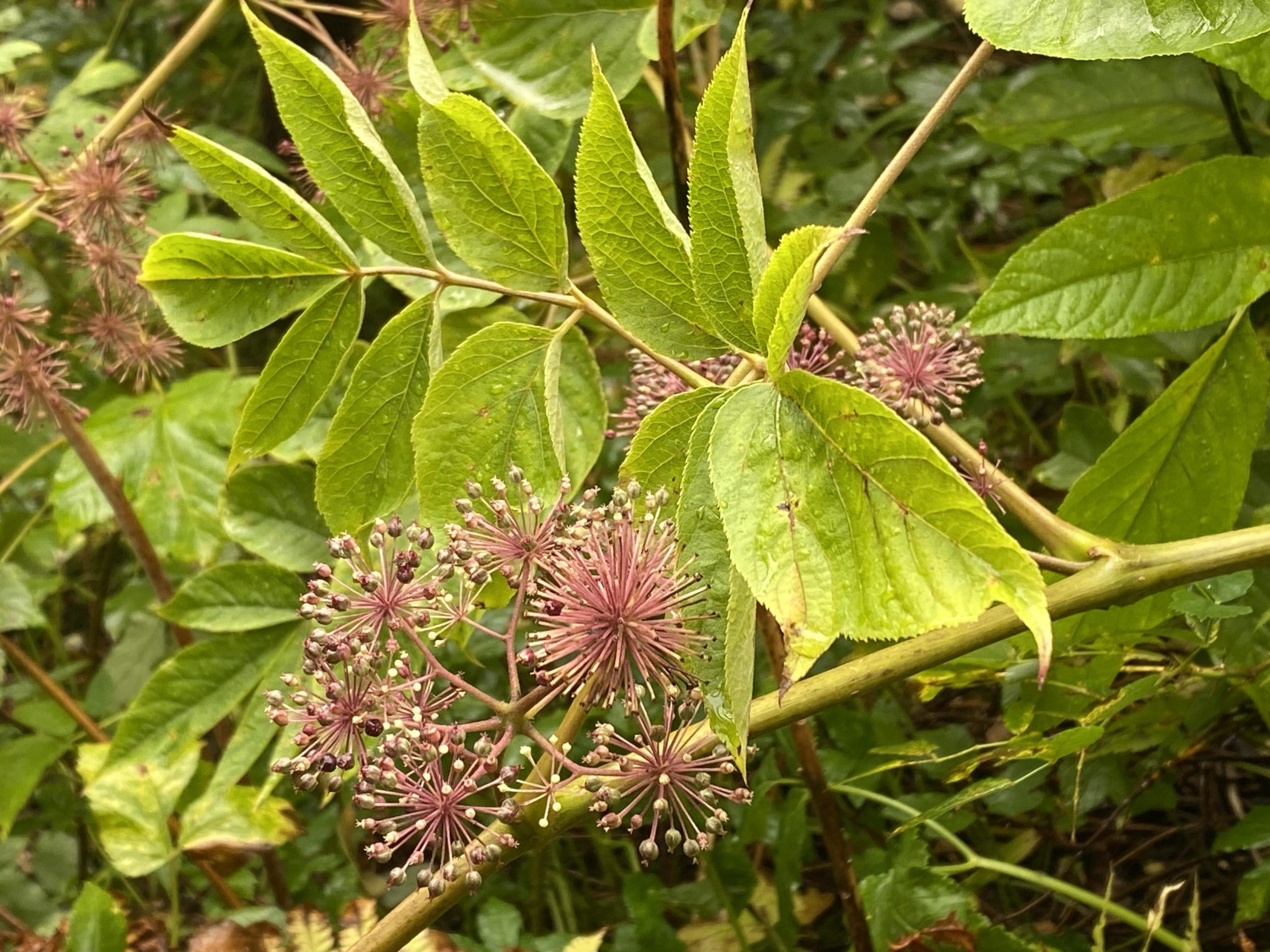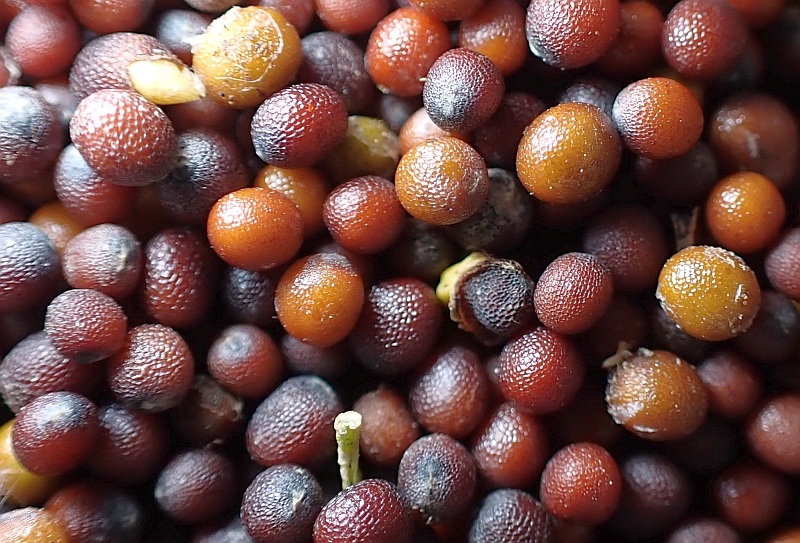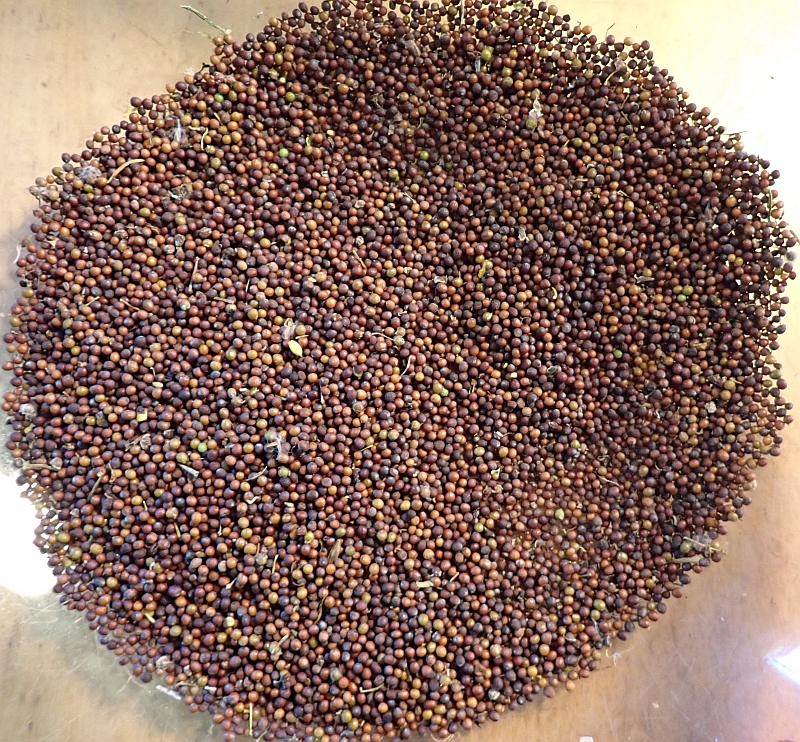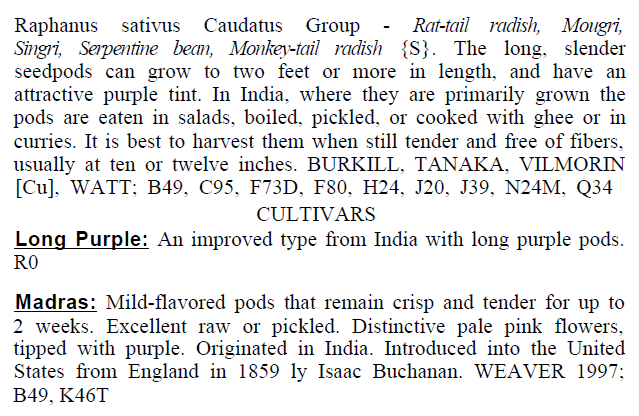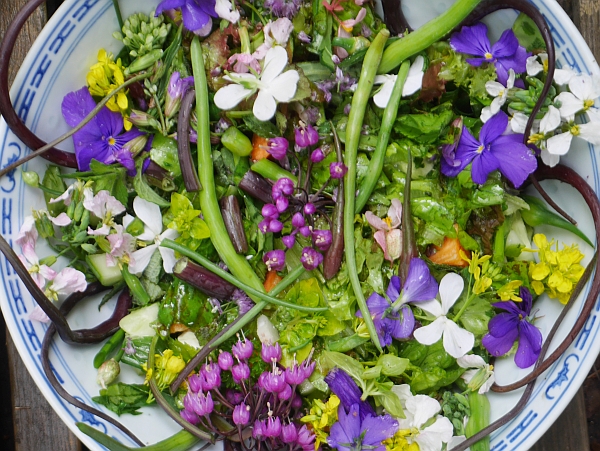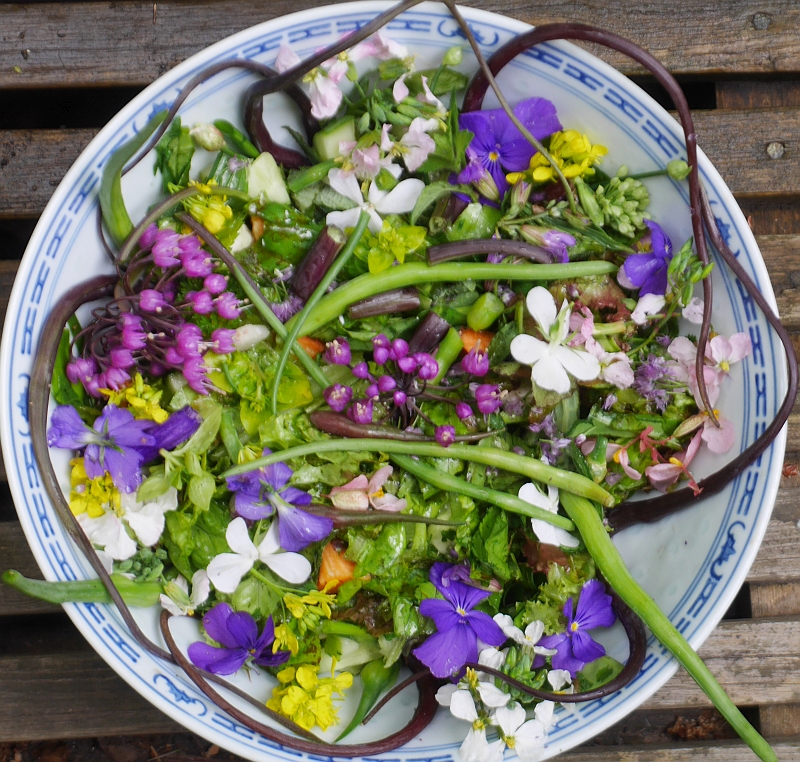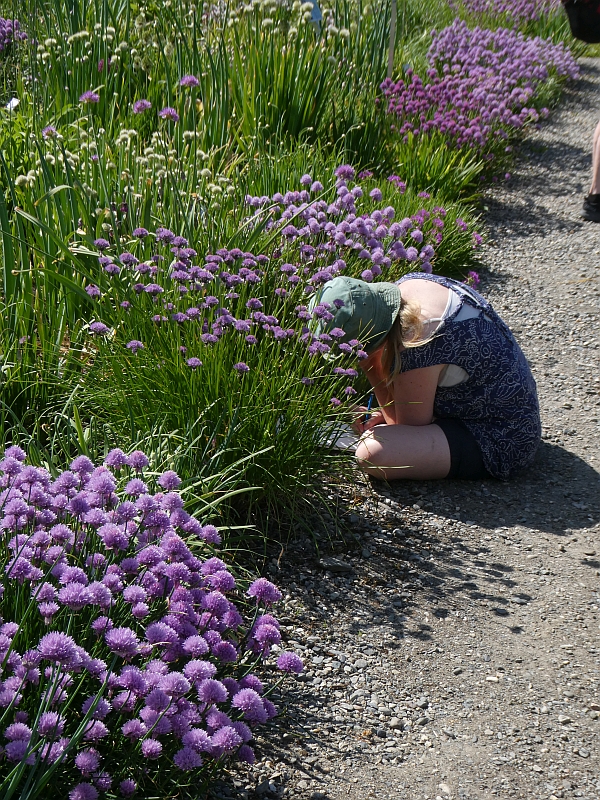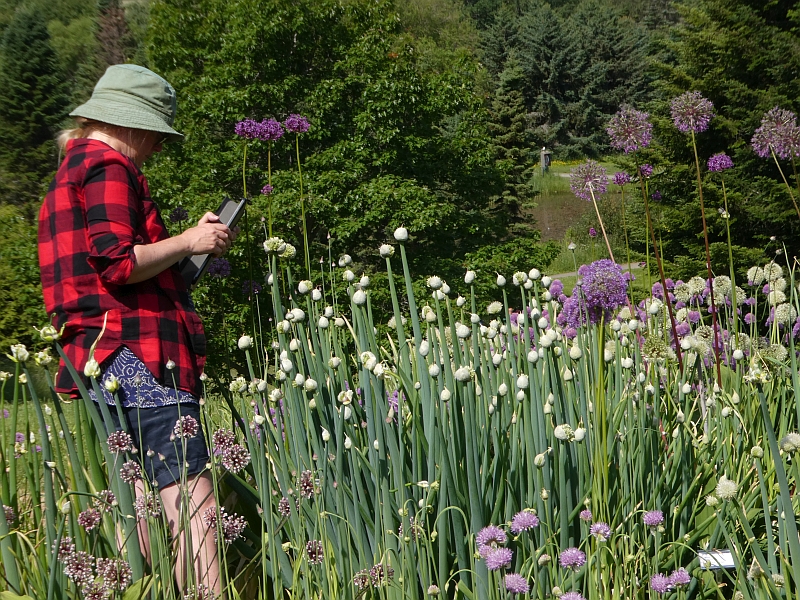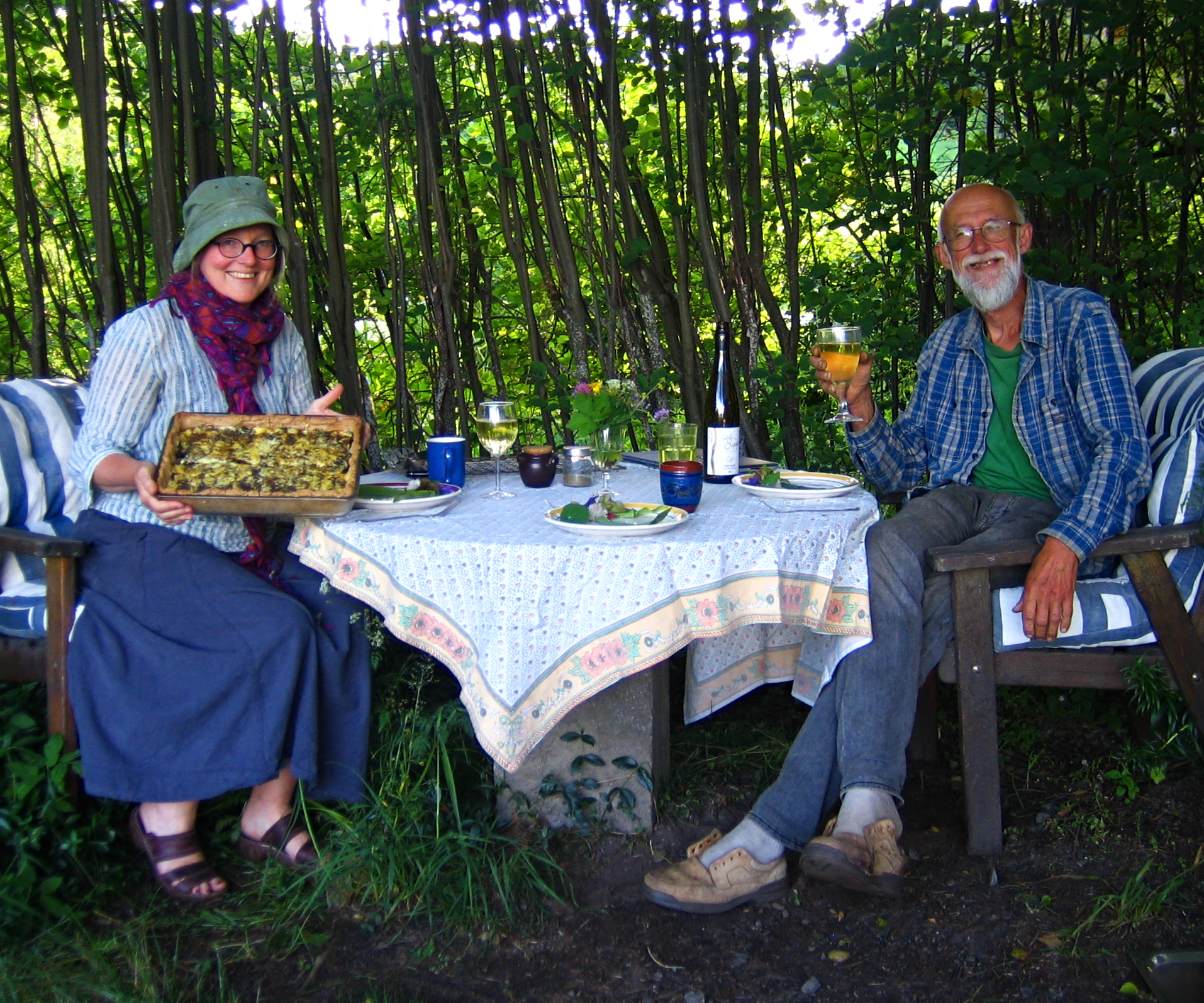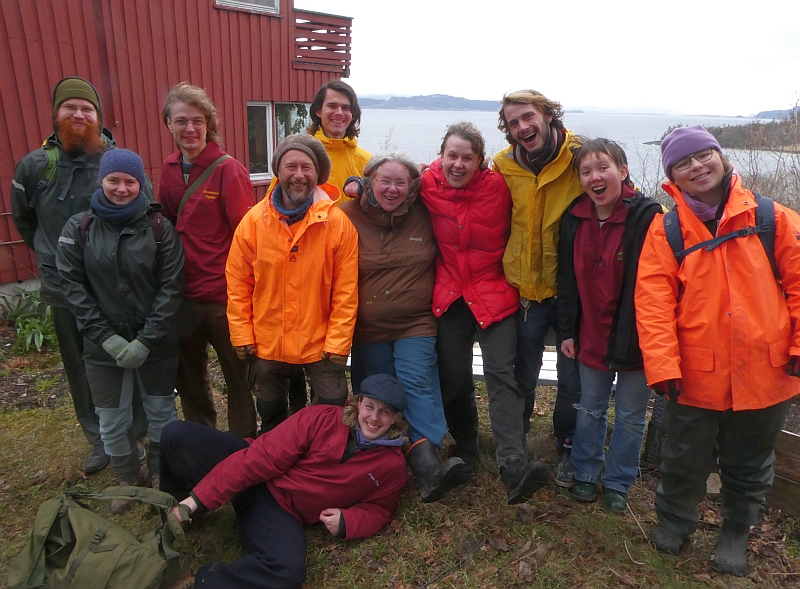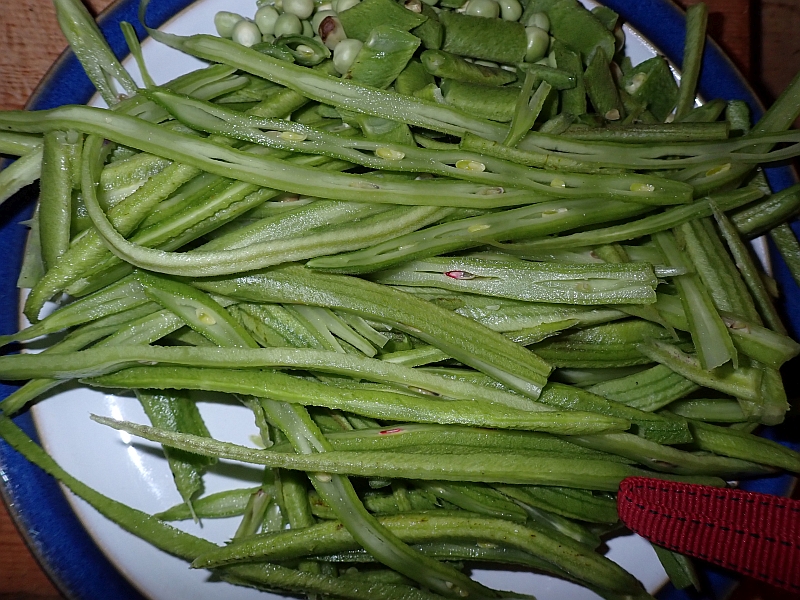Last week was National Organic Week (Økouka), a busy week for me as I had two garden tours in my Edible Garden in Malvik (the rain stopped both days just before we started), a walk and talk in the community garden at Væres Venner and a talk at Stammen Cafe & Bar in Trondheim on “Perennial Climate-friendly Food Plants for Urban Areas” talking about 15 advantages of growing perennials! Below you can see pictures from each of the events which were all well attended. I’ve credited the various photographers below. Thanks to all that came along!
1. Garden tour on Wednesday 27th September
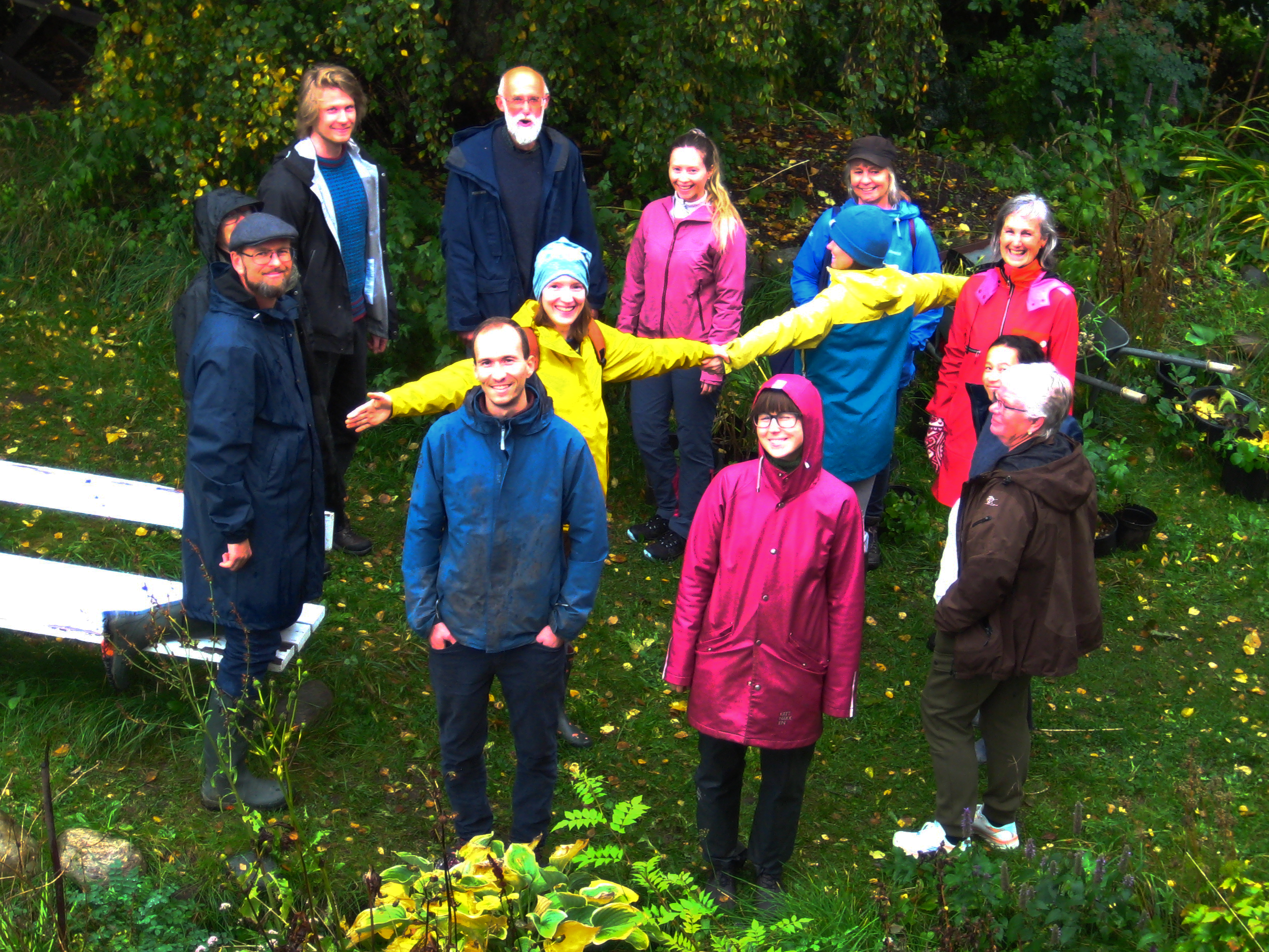 Making the Ø letter for Økouka (picture: Margaret Anderson)
Making the Ø letter for Økouka (picture: Margaret Anderson)
2. Talk at Stammen
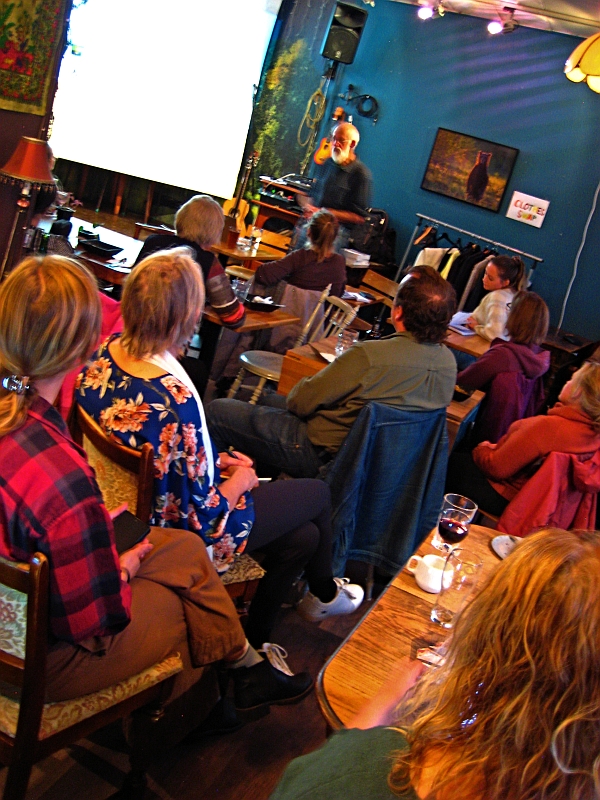
2. Garden tour on Sunday 1st October
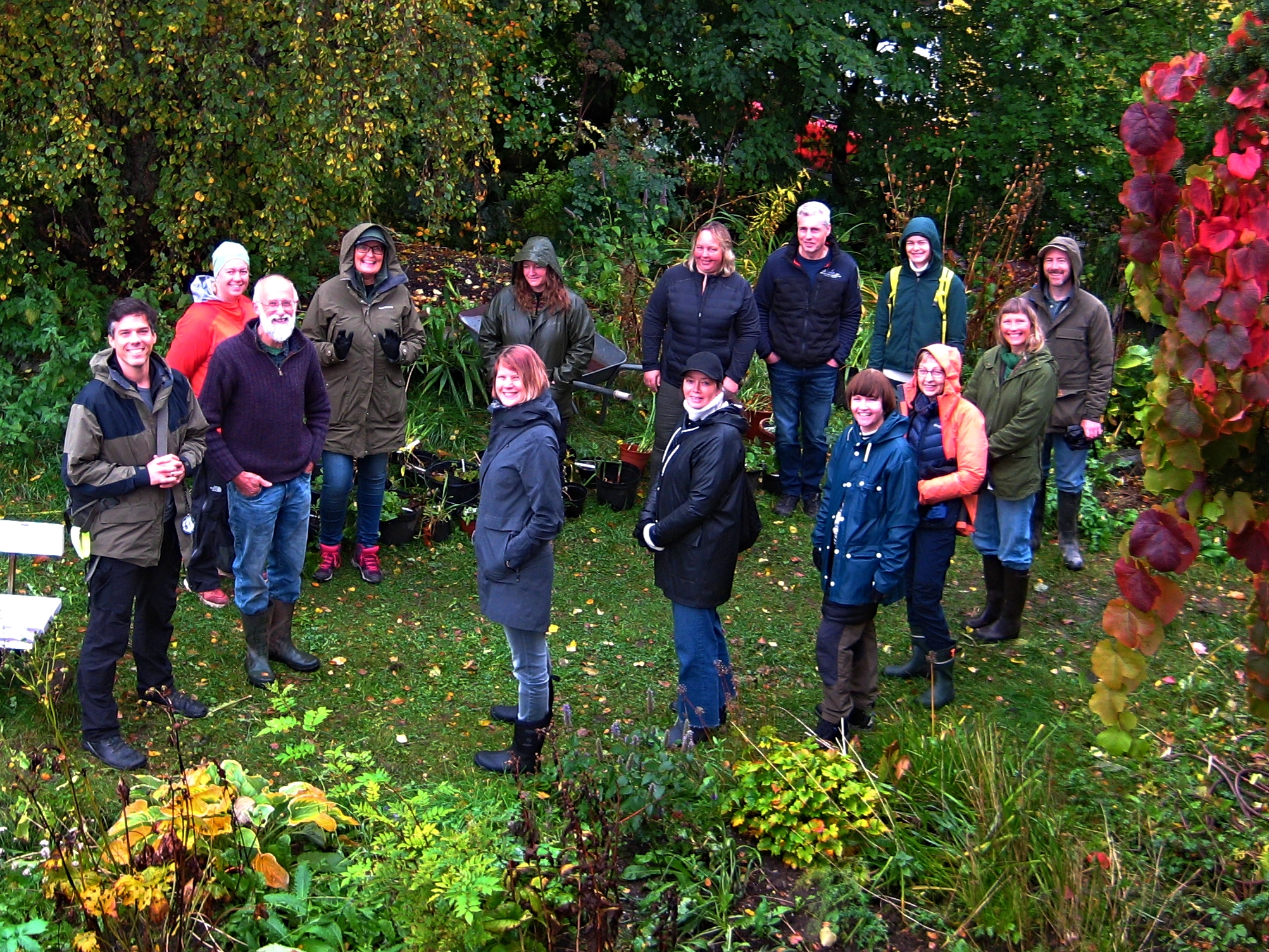
Pictures by Markus Tacker (click on the album pictures for more information):
Pictures by Marit By (click on the album pictures for more information)::
4. Walk and talk in the Væres Venner Community Garden
Pictures by Marit By (the World Garden looking good in its autumn colours with the backdrop of the old ash trees):


